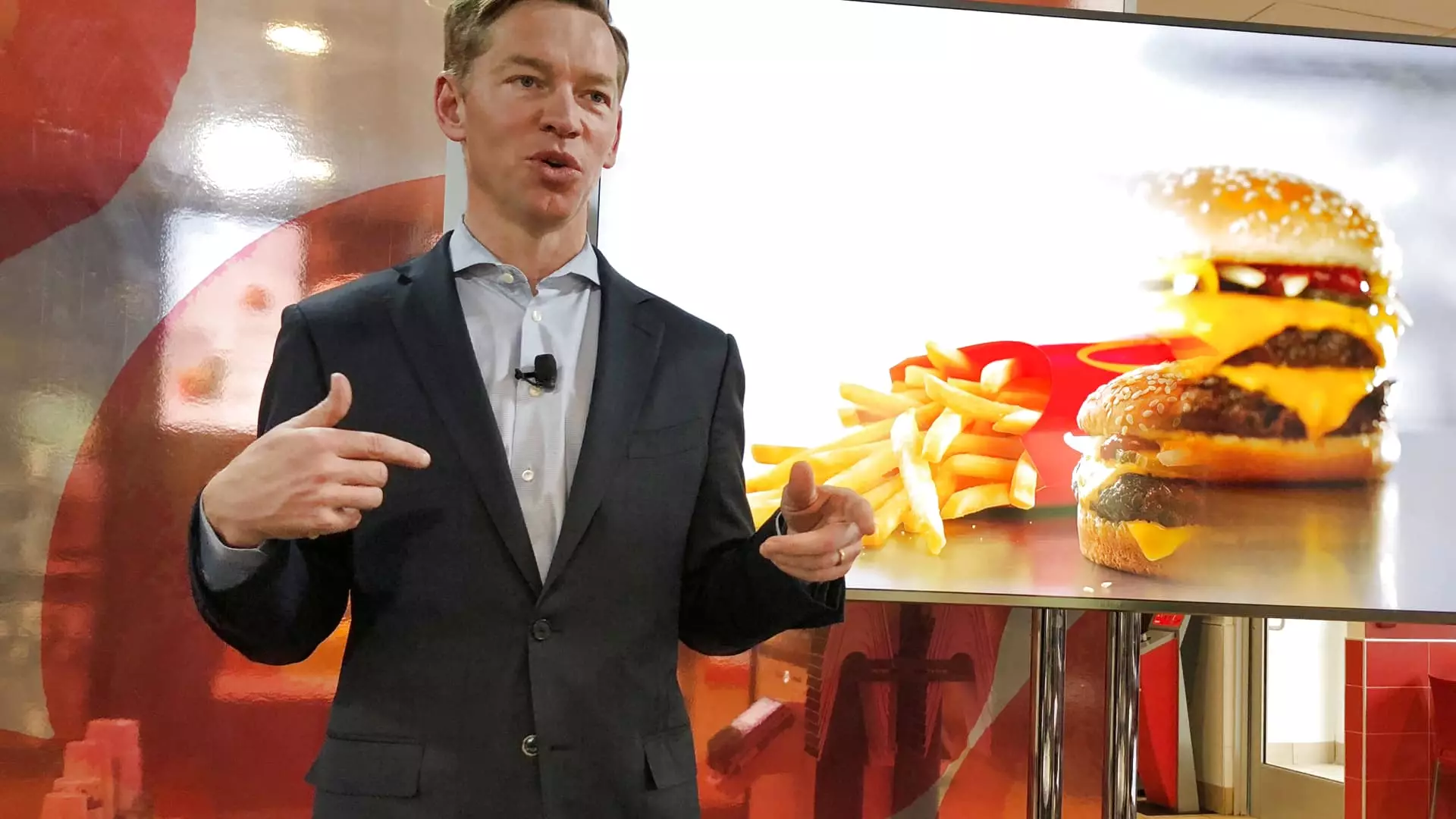In recent weeks, McDonald’s has found itself embroiled in a public health scare tied to an E. coli outbreak linked to its popular Quarter Pounder burgers. As health authorities traced the outbreak to 75 cases in 13 states, including one fatality, the fast-food giant faced immediate backlash from concerned consumers and media scrutiny. The incident raised alarm bells over food safety practices in one of the world’s largest fast-food chains, bringing customer trust and corporate responsibility into sharp focus.
The situation escalated quickly, with McDonald’s temporarily withdrawing the Quarter Pounder from approximately 3,000 locations to avert further health risks. The path to resolving the outbreak became a balancing act between regulatory compliance and restoring brand confidence.
In a response aimed at investors and the public, CEO Chris Kempczinski acknowledged the turmoil but expressed optimism about overcoming the ordeal. His assertion that the company is moving past the incident indicates a strategic pivot, prioritizing customer reassurance and safety over immediate profits. The shift toward transparency can be seen as a move to reclaim trust, as Kempczinski emphasized the importance of addressing customer concerns directly.
Despite the severity of the health crisis, it appears that McDonald’s is aiming for resilience. CFO Ian Borden reported a minor downturn in sales and foot traffic after the announcement of the outbreak, yet he conveyed confidence that the financial impact would be manageable in the long term. The underlying message was clear: the focus now shifts toward restoring the restaurant’s robust sales momentum, partly driven by promotions like the $5 meal deal and new product launches.
Amidst the ongoing investigation by the Food and Drug Administration (FDA) into the tainted slivered onions believed to be the outbreak’s source, McDonald’s took decisive action by halting its engagement with the onion supplier indefinitely. This incident serves as a stark reminder of the complexities and risks inherent in supply chains for large food service operations.
While reassuring customers, this incident also poses a moment of introspection for McDonald’s about its sourcing practices. Clear communication about food safety protocols and measures being implemented is necessary not just for recuperating stock prices, but also for restoring consumer faith in the brand’s commitment to quality.
Despite the distress triggered by the E. coli outbreak, McDonald’s reported a slight growth in U.S. same-store sales for the third quarter. This marked a reversal from declines observed in the previous quarter, showcasing the company’s resilience in competitive environments. However, the performance still fell short of analyst projections, reflecting the pressures and consequences of the health incident.
The initial sharp drop in McDonald’s share prices in premarket trading underscored investor anxiety, but stock values stabilized following Kempczinski’s remarks during the earnings call, indicating that while the outbreak caused turbulence, there might be a pathway to recovery. While the company’s international markets continued to face pressures resulting in a decline in overall same-store sales, the focus remains firmly on stabilizing the U.S. operations and restoring its reputation.
As McDonald’s navigates this significant public health crisis, the company is tasked with not only overcoming immediate operational challenges but also redirecting future strategies towards safeguarding customer health and regaining trust. An essential component of this journey will include reinforcing food safety protocols and re-evaluating existing partnerships throughout its supply chain.
The interplay between crisis management and strategic recovery is crucial for McDonald’s at this juncture. A successful resolution of the E. coli outbreak fallout will depend on the company’s ability to communicate effectiveness, reassess safety measures, and engage transparently with customers who seek assurance. As the fast-food giant moves forward, the lessons learned from this episode will likely shape its approach to risk management long into the future.


Leave a Reply